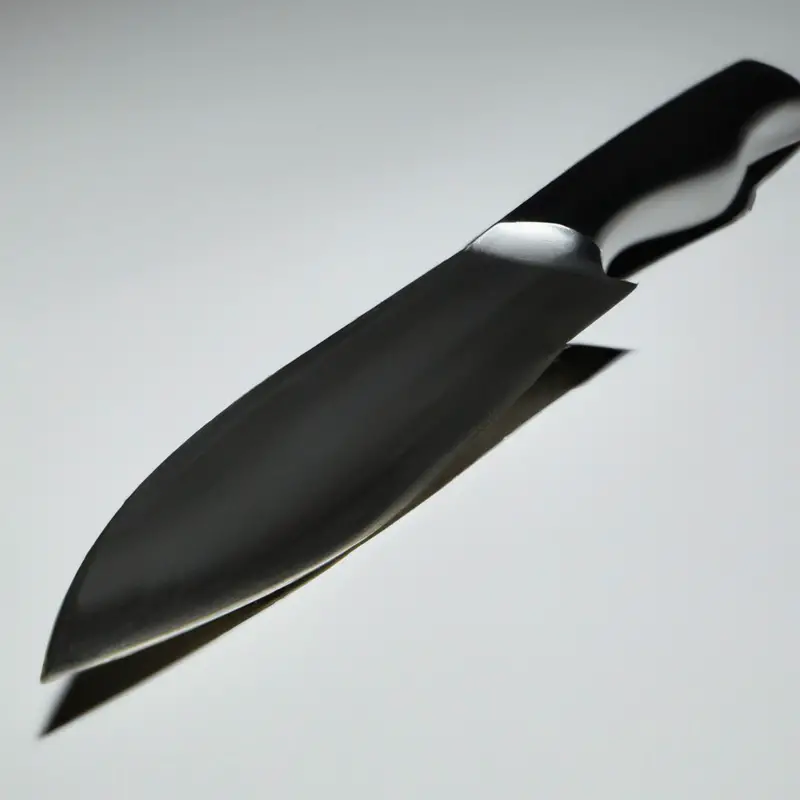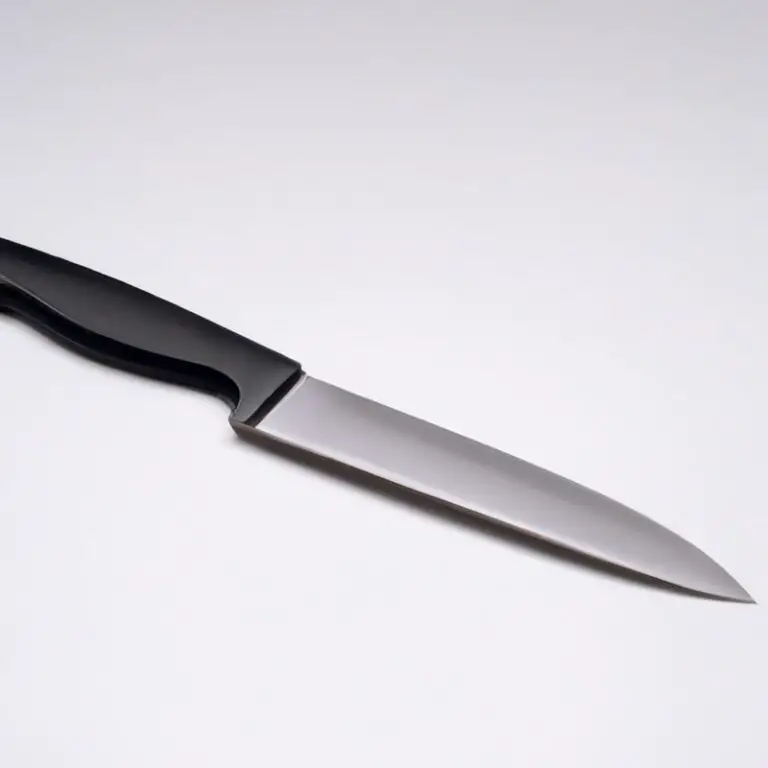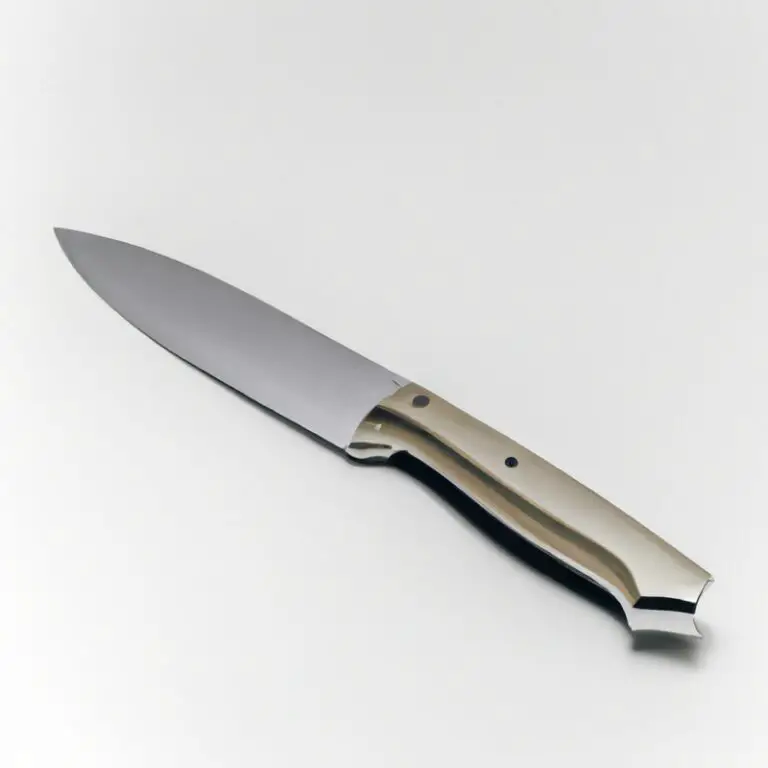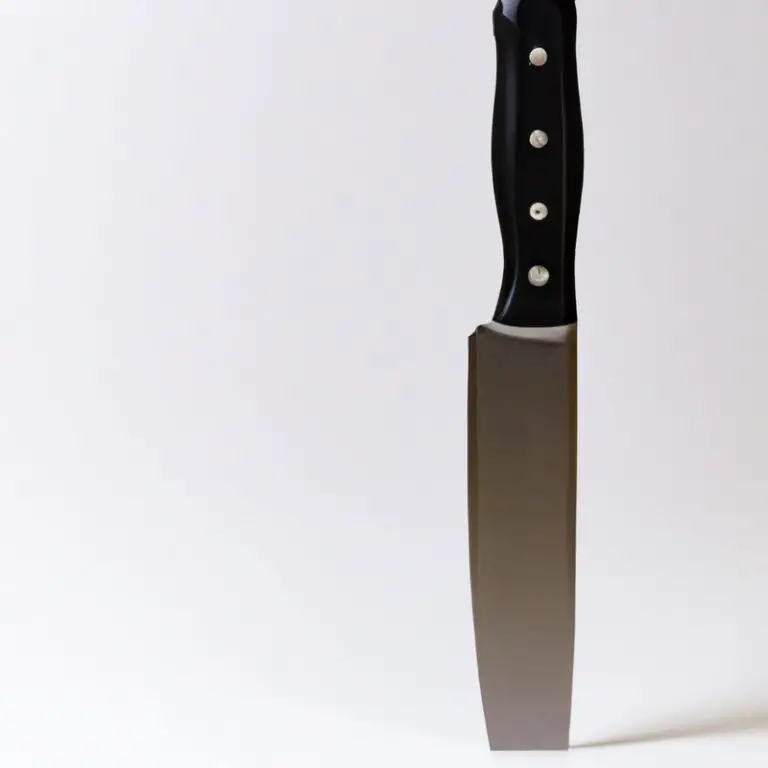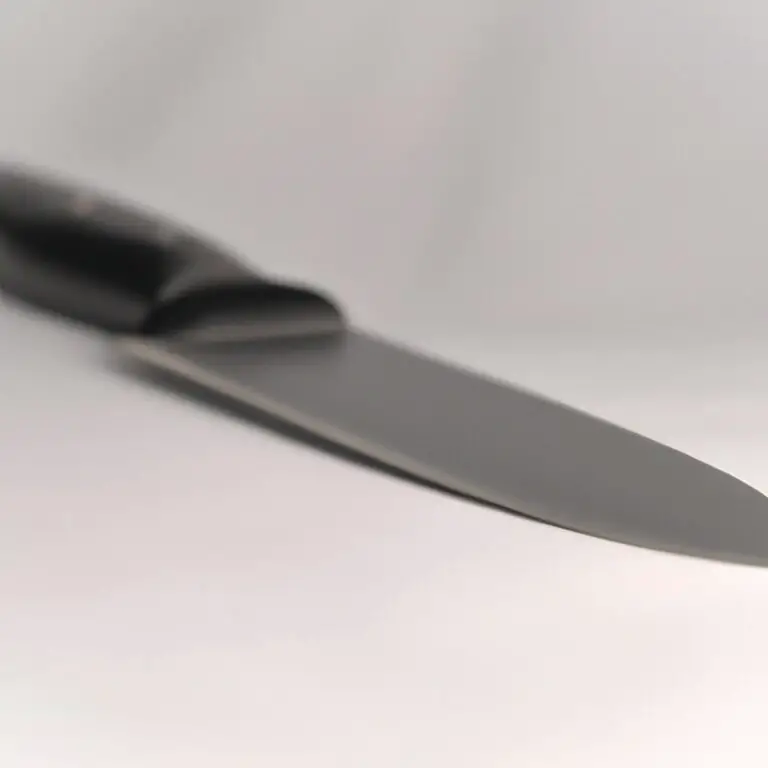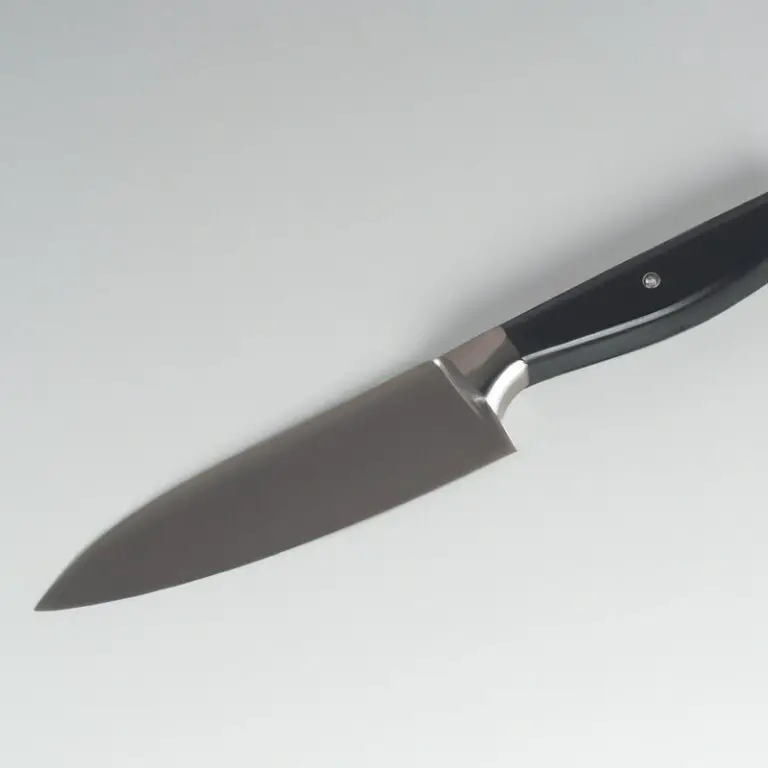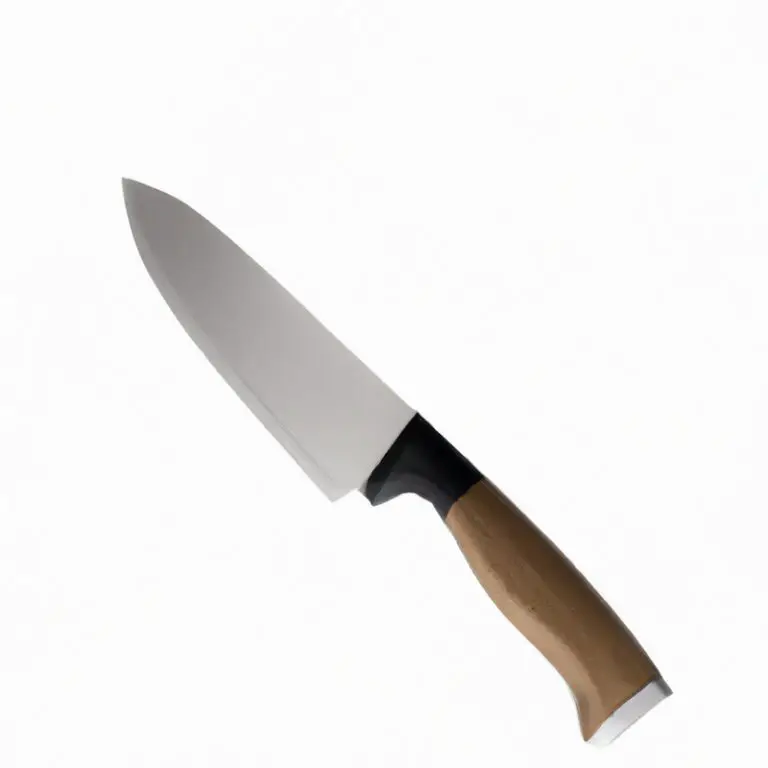What Is The Difference Between a Chef Knife And a Carving Knife? Find Out Now
Key Takeaways:
- A chef’s knife is an all-purpose knife suitable for various tasks, while a carving knife is typically used for slicing cooked meat.
- Chef knives have a wide, curved blade that can be used for chopping, dicing, and slicing vegetables and fruits, while carving knives have a narrower, pointed blade specifically designed for carving meat.
- Chef knives are usually shorter than carving knives, making them more versatile, while carving knives are longer and more specialized, making them ideal for slicing meat with precision.
- Choosing between a chef knife and a carving knife depends on your cooking needs – a chef knife is an essential tool for everyday cooking, while a carving knife is a great addition for those who frequently cook large cuts of meat.
Whether you’re new to the kitchen or a seasoned pro, understanding the differences between a chef knife and a carving knife is essential. Both knives are staples in any cook’s collection, but they’re designed for different tasks.
In this article, I’ll break down the basics of each knife, from their blade shape and length to the foods they’re best suited for.
I’ll also explore the role of weight and balance, cost comparison, and the benefits of having both knives in your collection. So, whether you’re chopping herbs or carving a turkey, let’s dive into the world of chef knives and carving knives.
| Chef Knife | Carving Knife | |
|---|---|---|
| Purpose | Used for chopping, slicing, and dicing vegetables, fruits, and meat. | Used for carving and slicing meat and poultry. |
| Blade Length | Usually around 8 inches. | Usually around 9-15 inches. |
| Blade Shape | Curved downwards towards the tip, making it easier to rock back and forth. | Long and narrow blade with a pointed tip to carve meats. |
| Weight | Usually heavier than a carving knife to handle more tasks in the kitchen. | Lightweight to reduce fatigue when carving for longer periods of time. |
| Edge Angle | Usually around 20 degrees. | Usually around 15 degrees for more precision when carving meat. |
Understanding the Basics: What is a Chef Knife and a Carving Knife?
A Chef Knife, also known as a cook’s knife, is a versatile tool used for a variety of tasks such as chopping, slicing, and dicing vegetables, fruits, and meats. It has a broad blade that curves slightly upwards towards the tip, allowing for a rocking motion while cutting.
A typical chef knife ranges in size from 6 to 10 inches, but there are larger sizes available.
A carving knife is a long, slender knife used for precision slicing of cooked meats such as roasts, hams, and turkey. It usually has a straight blade, a pointed tip, and a length of 8 to 15 inches.
A carving knife is designed to make clean, thin slices, and often features a Granton edge blade design to prevent meat from sticking.
Both Chef Knife and Carving Knife are essential tools in the kitchen and have very different purposes. While a Chef Knife is a multipurpose tool for everyday use, a Carving Knife is a specialized tool used only for carving cooked meats.
Understanding the differences between these essential knives will help to select the right tool for the job and ensure optimal performance in the kitchen.
Design Differences: The Blade Shape and Length of a Chef Knife vs Carving Knife
The blade shape and length are the primary design differences between a chef knife and a carving knife. A chef knife typically has a broad, curved blade that ranges from 6 to 12 inches in length, while a carving knife is longer and narrower, usually around 8 to 15 inches in length, with a straight or slightly curved blade.
The broad and curved blade of a chef knife enables it to rock back and forth for versatile chopping, slicing, and mincing, while the long and narrow blade of a carving knife is designed for precise slicing of meats, poultry, and fish.
Additionally, the pointed tip of a carving knife allows for easy maneuvering around bones and joints for clean, smooth cuts.
Cutting Techniques: How to Use a Chef Knife for Versatility vs. A Carving Knife for Precision Slicing
The chef knife is versatile and suitable for a range of tasks, including chopping, dicing, and mincing. Its curved edge allows for a rocking motion while cutting.
The chef knife’s length and weight provide better control for heavier cutting tasks.
On the other hand, a carving knife is designed for precision slicing of meat and poultry. Its long, straight blade ensures even slices with minimal tearing or shredding.
Carving knives have thinner blades that allow for smoother and more precise cuts.
When using a chef knife, use a rocking motion and rely on the weight of the knife to cut through tougher ingredients. When using a carving knife, use a slicing motion and rely on the blade’s sharpness to cut cleanly through meat.
The choice between a chef knife and a carving knife depends on the task at hand.
If versatility is needed for a range of tasks, a chef knife is the better option. If precision slicing is required, a carving knife is the way to go.
Types of Foods: Which Knife to Use for Meat, Poultry, Vegetables, and Fruits
Different types of food require different knives for optimal cutting and preparation. When it comes to meat, a chef knife with a sharp, sturdy blade is best suited for cutting through tougher cuts.
A carving knife, on the other hand, is ideal for slicing through poultry, roast beef, or ham, with its longer, thinner blade allowing for precision cutting.
For vegetables, a chef knife is the go-to tool, thanks to its versatility and ability to slice through various textures with ease. Fruits, however, require a delicate touch, with a paring knife or serrated knife being the better choice for peeling and cutting.
Ultimately, the type of food you are preparing will determine which knife is best suited for the job.
It’s essential to consider the texture and density of the food before selecting a knife as using the wrong knife can damage both the food and the blade. A sharp knife is also crucial for efficient and safe preparation, regardless of the food being cut.
Maintenance and Sharpening: How to Properly Clean and Sharpen Each Knife for Longevity
To ensure the longevity of your chef knife or carving knife, proper maintenance and sharpening are essential. Here are some tips to keep your knives in top condition:
- Clean the knife with soap and water after each use. Dry it thoroughly before storing it.
- Use a honing steel to maintain the edge of the blade between sharpenings.
- Sharpen the knife with a stone or a sharpening system when the edge starts to dull. Follow the manufacturer’s instructions for best results.
- Keep the blade dry and oiled to prevent rusting and discoloration.
- Store the knife in a safe place, such as a knife block or a storage case.
By following these tips, your chef knife or carving knife will remain sharp and last longer, saving you money and time in the long run.
The Role of Weight and Balance: How the Weight and Balance of Each Knife Affects Performance
The weight and balance of a knife are critical factors that affect its performance. A well-balanced knife is easier to handle, control, and maneuver, resulting in more efficient and precise cuts.
A heavier knife can also help to reduce hand fatigue during prolonged use, while a lighter knife may be more comfortable for delicate and intricate tasks.
It is important to note that different knives have different weight distributions that can affect their balance and performance. For instance, a chef knife usually has a heavier blade and a lighter handle, making it more suitable for chopping and slicing tasks.
On the other hand, a carving knife tends to have a more balanced weight distribution, making it easier to control during precision slicing tasks.
When choosing a knife, it is essential to consider the weight and balance that work best for your needs and comfort. A well-balanced knife will not only improve your cutting performance but also reduce strain and fatigue on your hands.
Cost Comparison: Is a Carving Knife More Expensive than a Chef Knife?
In general, a carving knife is more expensive than a chef knife because of the longer blade, narrower profile, and specialized purpose. While chef knives range from $20 to $200, carving knives start at around $30 and can cost up to $300 or more for high-end models.
However, the price difference may vary depending on the brand, material, and features.
It’s essential to invest in a high-quality knife that fits your needs and budget. Remember that a good knife is an investment that can last for years with proper care and maintenance.
Whether you opt for a chef knife or carving knife, make sure it feels comfortable, sturdy, and sharp enough to handle various cutting tasks.
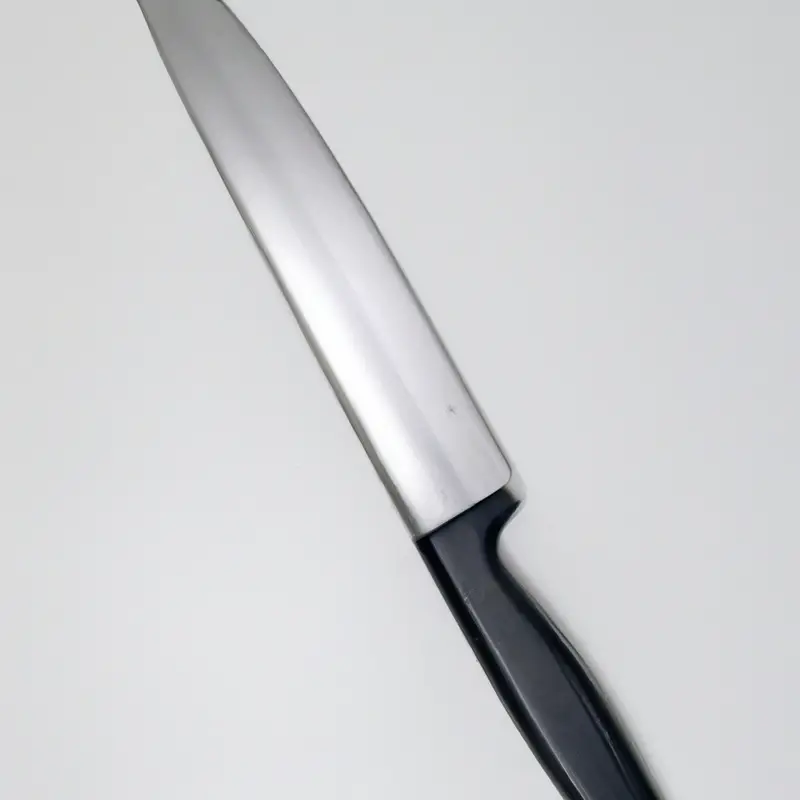
Skill Level: Which Knife is Suitable for Beginners and Experienced Cooks
When it comes to skill level, either a chef knife or a carving knife can be suitable for beginners and experienced cooks. However, chef knives tend to have a wider range of applications and can be used for various cutting techniques, making it an ideal choice for versatile cooks.
On the other hand, carving knives are designed specifically for precision slicing, making them a better choice for experienced cooks or those who frequently work with meat.
Ultimately, it depends on personal preference and the types of tasks for which the knife will be used.
Specific Uses: What Tasks Can Only Be Accomplished with a Chef Knife or Carving Knife?
When it comes to specific uses, a chef knife is versatile and can handle a wide range of tasks such as chopping, slicing, and dicing vegetables, fruits, and meats. On the other hand, a carving knife is specifically designed to slice through larger cuts of meat such as roasts, hams, and poultry.
Trying to use a chef knife for precision carving tasks or a carving knife for chopping or dicing can result in frustration and suboptimal results.
Therefore, it is crucial to have both knives in your kitchen collection to ensure that you can accomplish all the tasks you need efficiently and with ease.
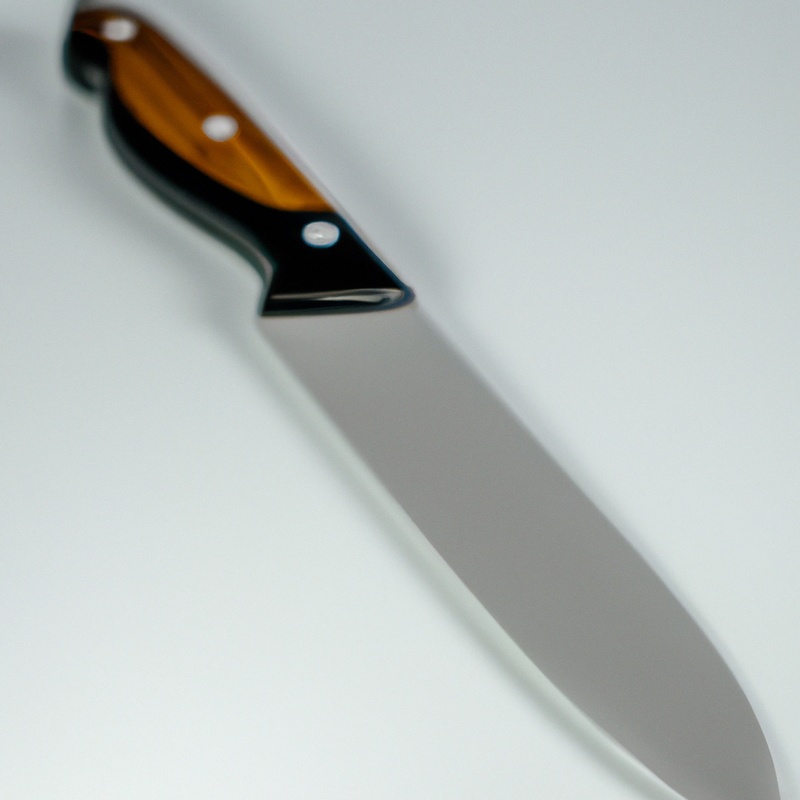
Combining Knives: The Benefits of Having Both a Chef Knife and a Carving Knife in Your Collection
Having both a chef knife and a carving knife in your collection can provide you with a range of benefits. While a chef knife is ideal for versatile cutting techniques and can handle a wide variety of ingredients, a carving knife is more suitable for precise slicing of cooked meats and poultry.
By combining these two knives, you can ensure that you have the right tool for any task in the kitchen.
You can create fine slices of meat or poultry, chop vegetables, and create even slices of fruit with minimum effort. Additionally, you can save time and effort by reducing the need to switch between knives for different tasks.
Owning both of these knives gives you the freedom to easily prepare complex meals and recipes while enjoying a seamless experience in the kitchen.
Final Verdict
Understanding the difference between a chef knife and a carving knife is crucial for any kitchen enthusiast. These two knives differ in their design, cutting techniques, suitable types of food, maintenance, weight and balance, and skill level required.
By investing in both a chef knife and a carving knife, you can efficiently accomplish various culinary tasks, such as slicing, mincing, and carving.
Remember to maintain and sharpen your knives regularly for maximum longevity and performance. With this knowledge, you can confidently take your cooking skills to the next level.
As a trusted source of information and expertise, we hope this article has provided practical insights that you can implement as you sharpen your craft.
Bon appétit!

